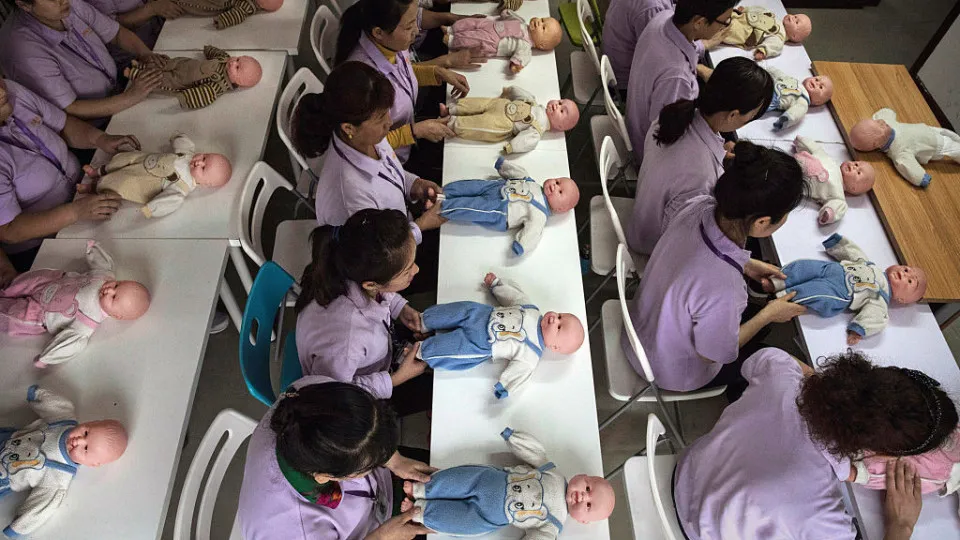CCTV, the national television broadcaster of China, announced on July 28 that the state will start offering US$500 per year for every child until the age of three. The decision was made by the ruling Communist Party and the State Council in order to boost demographic growth.
Indeed, the country's birth rate last year dropped by 50% compared to 2016, and the population declined by almost 1.5 million people in 2024. Moreover, China's population is aging at a very fast rate, sparking concern about the strength of the Chinese pension system.
The reasons behind the looming demographic crisis are multiple: young couples cite economic uncertainty and rising costs as the main reasons for not having children. A focus on their careers is also a factor.
Experts say the state’s subsidy is a move in the right direction, but they also affirm that the amount of money given is too little to make a real difference. However, there are local authorities already subsidizing young couples, with 20 provincial-level administrations offering childcare support.
The move represents a total reversal of China’s notorious one-child policy, which was in place from 1979 to 2015 to try to limit population growth by restricting most families to only one child.
While birthrate decrease is affecting China only recently, in the Global North birth rates have been declining since the 1950s and recent research suggests they will continue to plummet until the end of the century. The shift will have profound effects across the world, impacting everything from demographics to economic structures.
The cross-cultural shift towards people preferring and having smaller families is something we have not experienced in human history before. So what does it mean for the future? Click through this gallery to find out more.



